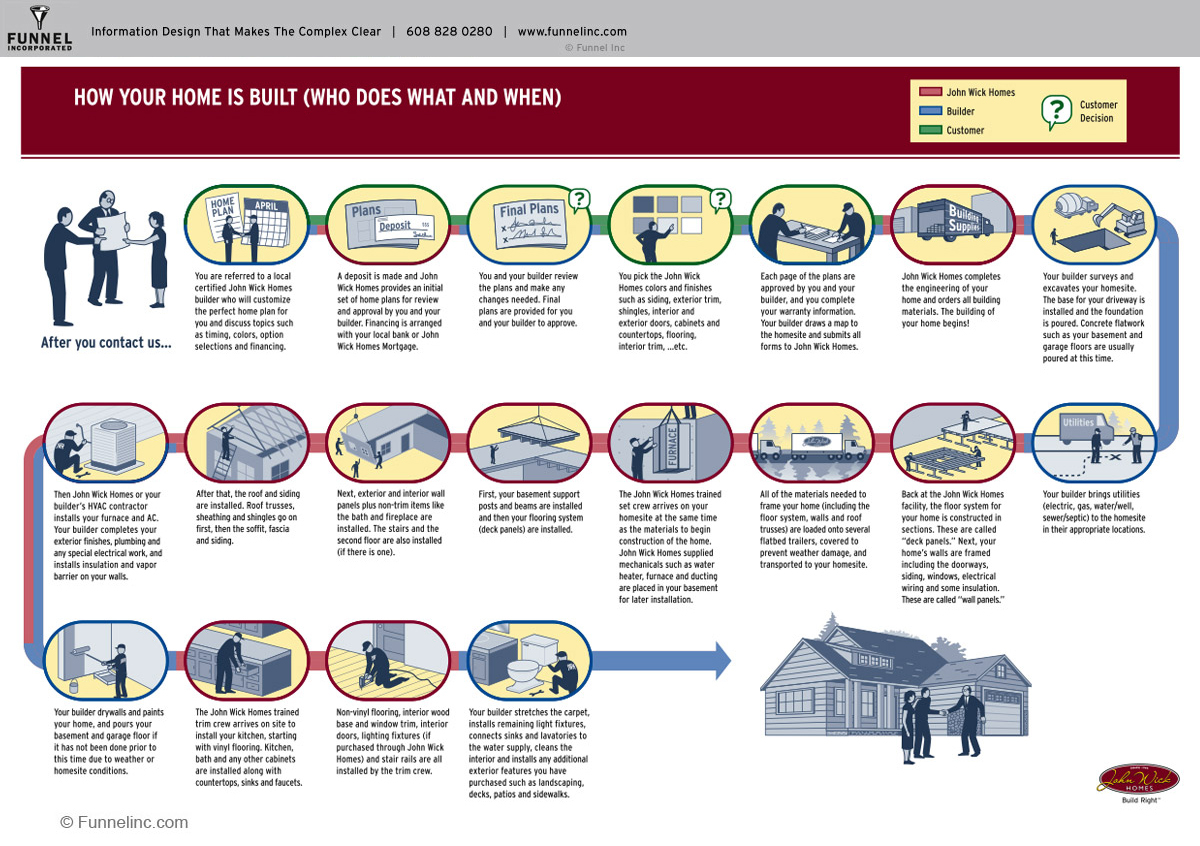Just How To Allocate Your Floor Covering Project: A Practical Overview
Just How To Allocate Your Floor Covering Project: A Practical Overview
Blog Article
Produced By-Elgaard Blanton
When you're planning a floor covering project, budgeting isn't nearly picking a number; it has to do with comprehending what you genuinely require and the costs included. You'll intend to examine your specific requirements, research study various products, and expect unanticipated costs. Think of exactly how variables like space objective and installment approaches can affect your budget plan. However before you enter, there are some crucial details you may forget that can dramatically influence your total costs. Let's check out how to navigate these intricacies and ensure your project remains on track.
Assessing Your Floor Covering Demands
Before diving right into your flooring task, it's essential to evaluate your flooring requires. Begin by taking into consideration the specific areas where you prepare to install new floor covering. Think of the objective of each room. As an example, kitchens and bathrooms require waterproof materials, while living locations may take advantage of convenience and appearances.
Next off, evaluate the existing conditions of your floorings. Exist any structural issues, such as uneven surface areas or dampness troubles? Resolving these worries at an early stage can conserve you time and money down the line.
Additionally, keep in mind of the dimensions of each space to figure out how much floor covering you'll require.
Do not fail to remember to consider your lifestyle. If you have pets or young youngsters, durability might be your leading priority, while a more official room may call for an elegant finish. In addition, think about your layout choices. Do you like a classic appearance, or are you attracted to modern styles?
Lastly, be reasonable about how much upkeep you agree to dedicate to. Some materials call for more maintenance than others. By understanding your demands plainly, you'll be better furnished to make enlightened options as you move on with your floor covering project.
Estimating Costs and Materials
Approximating expenses and products is an essential step in your floor covering project that can considerably influence your overall spending plan. Begin by measuring your space properly to figure out just how much flooring you'll require. For the majority of products, you'll find pricing by square foot, so gather quotes from different distributors to obtain a realistic number.
Next off, take into consideration the sort of floor covering you want. Alternatives like wood, laminate, floor tile, or carpet all featured different cost points. Research study the expenses for every and consider any type of added products like underlayment, sticky, or change strips.
Don't neglect to include devices if you're intending a do it yourself setup, as leasing or buying tools can include in your costs.
Labor costs are an additional important factor to consider. If you're working with experts, get quotes from numerous specialists to guarantee you're obtaining a fair cost. Be clear regarding the range of work to stay clear of unanticipated fees later on.
Last but not least, it's smart to reserve a little percent of your budget for any kind of unexpected expenses related to materials. By extensively approximating your costs and materials in advance, you'll establish on your own up for a smoother and much more manageable flooring task.
Planning for Hidden Expenses
Many property owners overlook the hidden expenses that can occur during a floor covering project, which can result in budget plan overruns. To avoid this, you need to prepare for possible additional expenses.
Initially, take into consideration the condition of your existing subfloor. If it's damaged or unequal, you'll likely require repair services or progressing, which can include dramatically to your total expense.
Next, consider elimination and disposal costs for your old floor covering. Lots of service providers charge added for this service, so factor that right into your budget.
Furthermore, do not forget about the costs of underlayment, which might not be included in the initial quote yet are necessary for a successful setup.
You must also prepare for unforeseen problems, such as pipes or electric work if your flooring project involves relocating fixtures. It's important to set aside a minimum of 10-15% of your overall allocate these unexpected expenses.
Finally, keep in https://www.nasdaq.com/articles/8-types-of-flooring-2021-03-15 that authorizations may be required for sure installations. Constantly check regional policies to avoid penalties or hold-ups.
Conclusion
Finally, budgeting for your floor covering project is vital for an effective end result. By examining your needs, approximating prices, and preparation for surprise costs, you'll prevent shocks and stay on track. Keep in mind to set aside a part of your allocate unexpected expenses and maintain a detailed break down of your expenditures. With cautious preparation and consideration, you'll create a beautiful area that satisfies your needs without breaking the financial institution. Delighted flooring!
